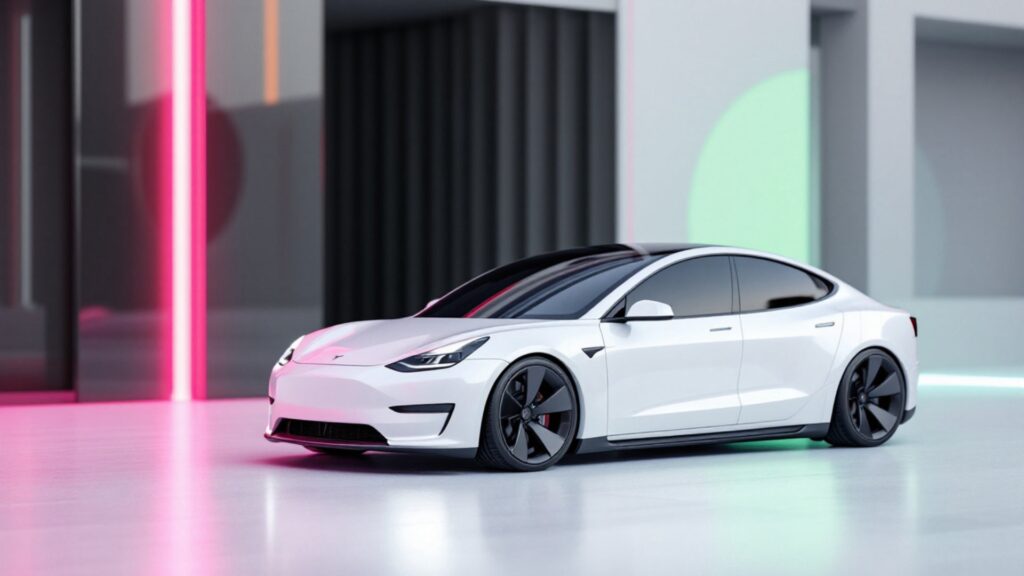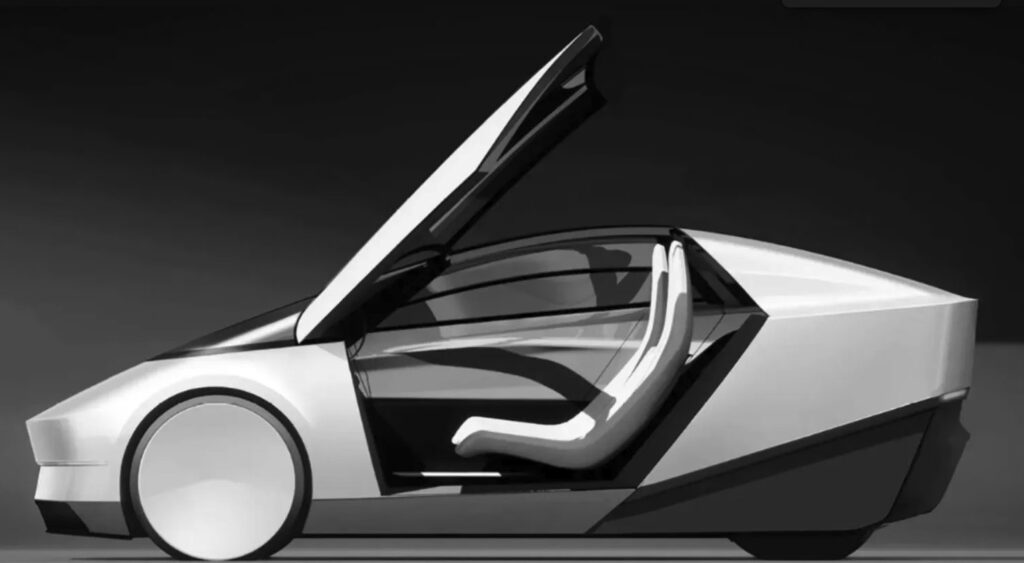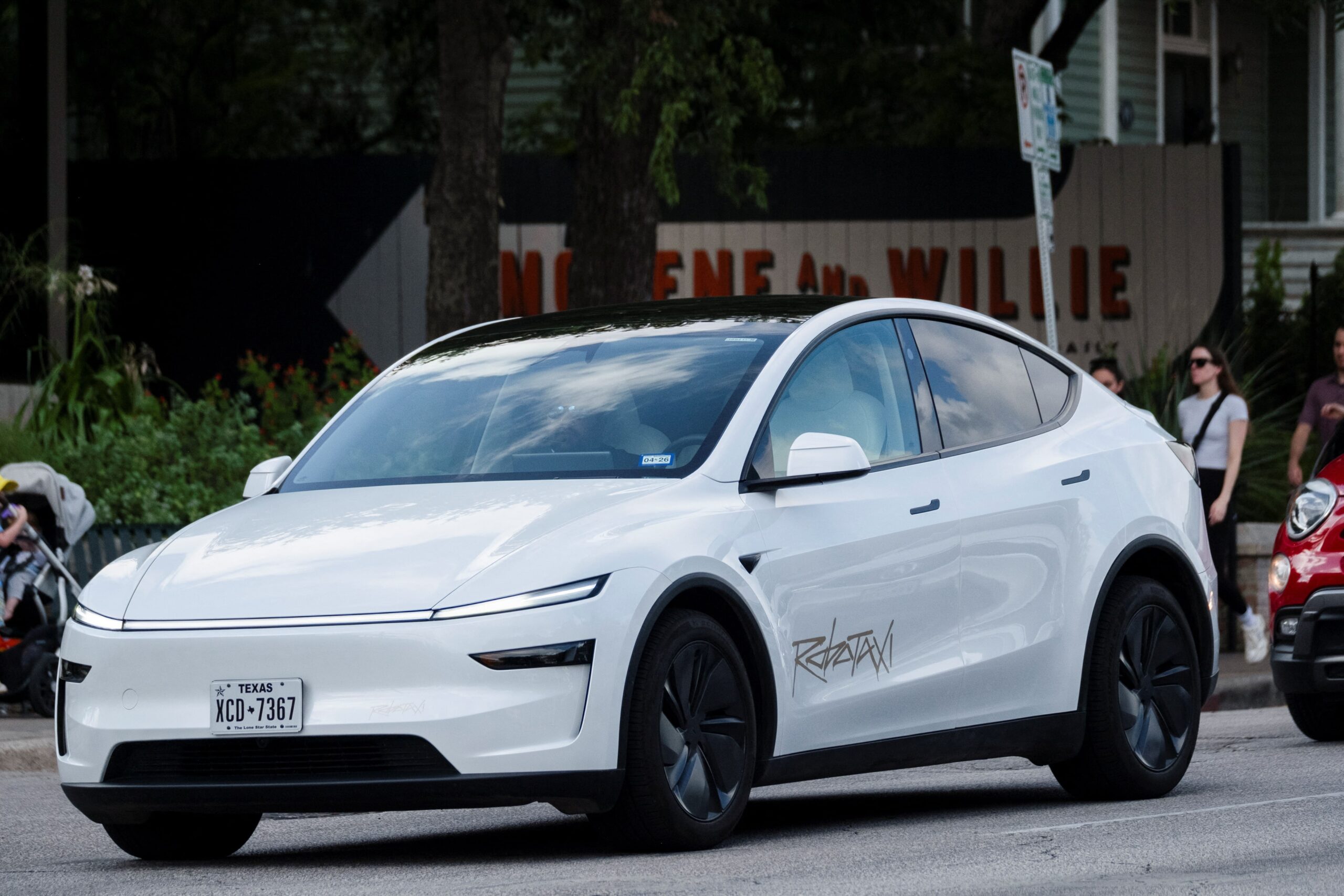In 2019 when Elon Musk boldly announced that Tesla would launch Robotaxis, promising a future where autonomous vehicles roam the streets like driverless Ubers, the world listened. Fast forward to 2025 and the excitement is back. Tesla is reportedly gearing up for its Robotaxi unveiling this year, reigniting conversations about a future of self driving cars. But despite the glossy presentations and ambitious promises, turning dozens of prototypes into millions of reliable, safe, self driving cars is no walk in the park.
The Dream of Autonomous Mobility
The vision is seductive summon a sleek Tesla Robotaxi with your smartphone, ride to your destination, and never worry about driving, parking, or fuel. For urban commuters the elderly, people with disabilities, or even those without a driver’s license, fully autonomous vehicles promise unprecedented convenience and freedom.
Elon Musk has long claimed that Tesla’s Full Self Driving (FSD) software is just around the corner from making this dream reality. Yet! as with many technological revolutions, the road from prototype to mass deployment is riddled with complex, deeply human challenges.

The Technical Challenges Behind Tesla Robotaxi Mass Deployment
While Tesla’s vehicles are packed with advanced hardware cameras, radar, ultrasonic sensors and AI powered software, achieving Level 5 autonomy (where the car drives itself without any human intervention) remains elusive.
Building a prototype that drives flawlessly under controlled conditions is one thing. But deploying millions of cars that can safely navigate real world chaos unpredictable pedestrians erratic drivers, confusing roadworks is a different challenge altogether.
Data, Data, Data! And Still Not Enough
Tesla has an advantage over 5 million Teslas on the road globally, collecting billions of miles of real world driving data. This data fuels Tesla’s neural networks, improving FSD capabilities. But even with this edge cases rare unusual situations constantly emerge.
A stroller rolls into the street unexpectedly. Construction zones redirect traffic overnight. A heavy downpour blurs road markings. The list is endless. Training AI to handle these situations with human level judgment is an uphill task, even for the most advanced engineers.

Regulatory and Legal Hurdles Slow the Race
Technology evolves quickly but laws and regulations? Not so much. The idea of Tesla Robotaxis cruising around without human drivers raises countless legal questions.
Who is responsible if an accident occurs? Can local infrastructure support autonomous fleets? How do you license a car that drives itself?
Governments across the globe are grappling with these questions, often creating a patchwork of conflicting rules. Until unified, comprehensive legislation exists, mass adoption of self driving Robotaxis remains a distant dream
Imagine a Tesla Robotaxi is involved in a collision. Who’s at fault? The car? The software? Tesla as a company? These are not just legal hypotheticals they are real obstacles to public trust and insurance viability.
Without clear liability frameworks, insurers may refuse to cover autonomous vehicles, further delaying large scale deployment.
Public Perception The Human Element Tesla Can’t Ignore
Trusting a machine with your life is no small leap. Despite technological advancements, public skepticism towards self driving cars remains high. High profile incidents such as Tesla’s controversial Autopilot crashes fuel fears and media scrutiny.
People must feel as safe stepping into a Tesla Robotaxi as they do into a human driven Uber. Until public confidence matches technological capability, adoption will lag.

The Ethical Dilemmas of AI on Wheels
Autonomous vehicles introduce new moral complexities. How should a self driving car respond when faced with an unavoidable accident? Should it prioritize the passengers’ safety over pedestrians? These questions may sound philosophical, but for engineers programming Tesla Robotaxis, they are very real and contentious.
Economic and Infrastructure Realities
Building millions of Robotaxis isn’t just about coding and hardware. It demands an overhaul of urban infrastructure, charging networks, and production capacity. Even for Tesla with its Gigafactories and relentless innovation scaling production from dozens to millions of reliable autonomous vehicles is a monumental task.
Moreover the economic model of Robotaxi fleets is unproven. Will they truly be affordable, accessible, and profitable? Only time will tell.
A Future Full of Promise But No Shortcuts
The excitement surrounding the Tesla Robotaxi launch is understandable. It promises cleaner cities, safer roads, and new freedoms. But reaching that future isn’t simply about software updates and AI breakthroughs. It’s about building trust, reshaping legal systems, addressing public fears and overcoming complex real world hurdles.
Elon Musk’s ambition is undeniable. But if history has taught us anything, it’s that while technological revolutions often arrive, they rarely do so overnight. From dozens of test vehicles to millions of dependable driverless Teslas on the road the journey will be long, winding, and deeply human.


1 thought on “Tesla Robotaxi Launch: When Will It Happen and Why Mass Self Driving Cars Are Still a Challenge?”